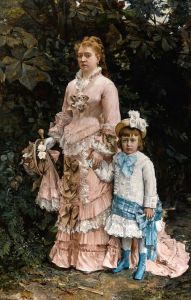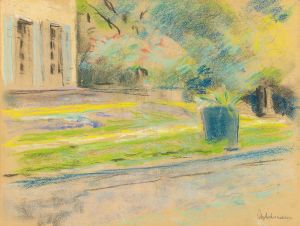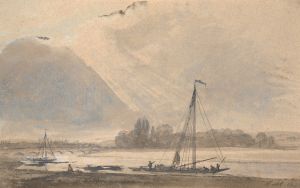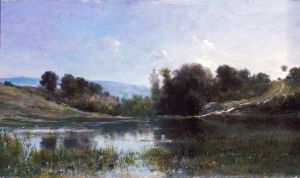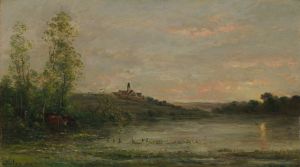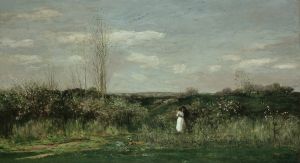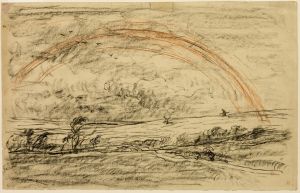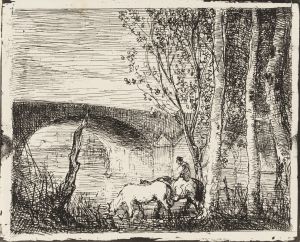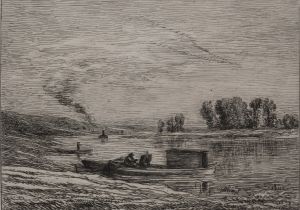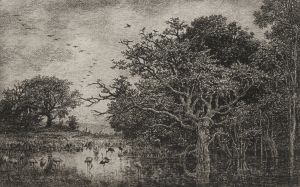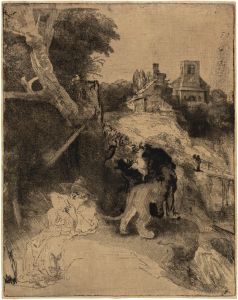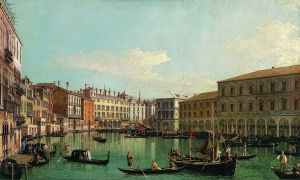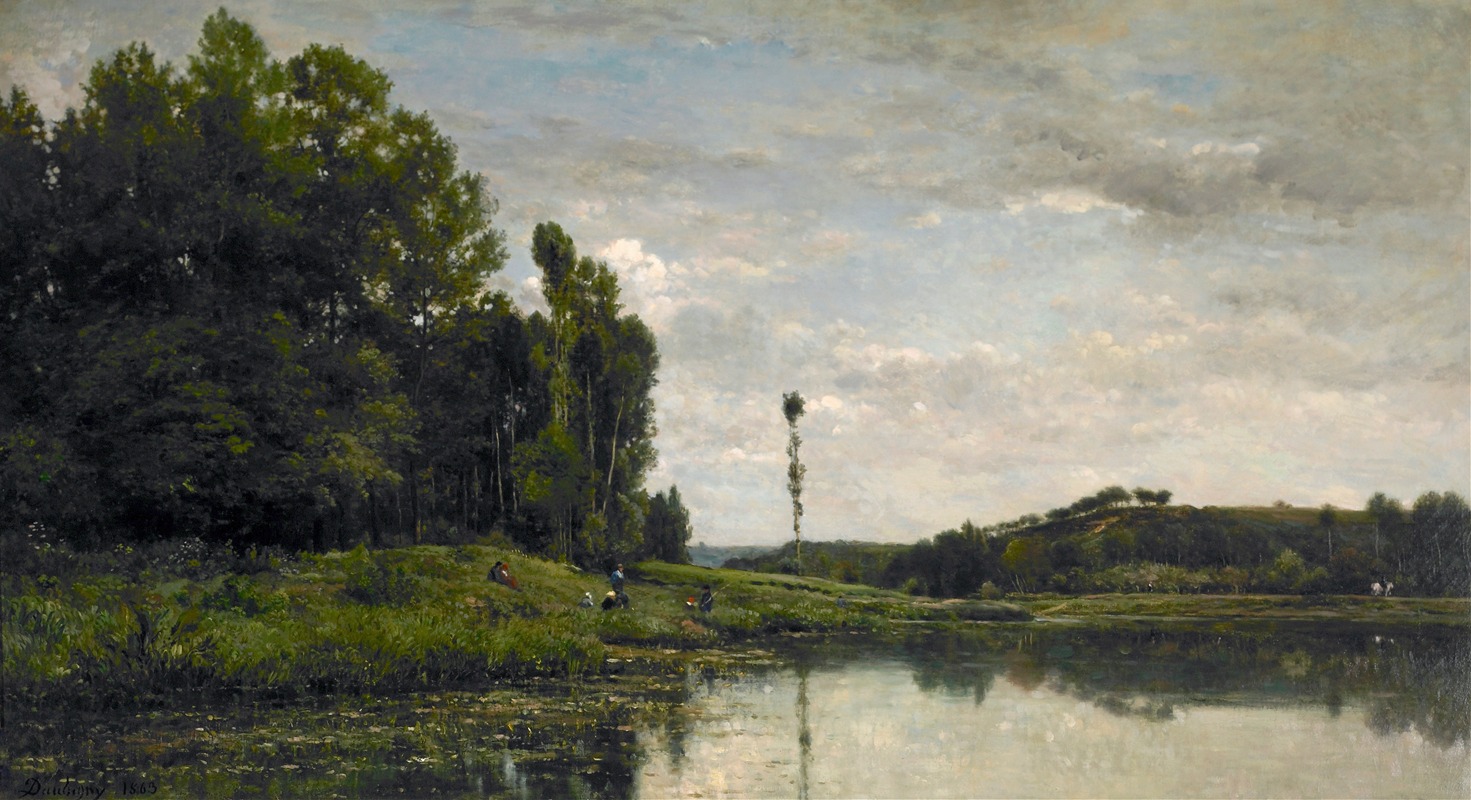
Banks of the Oise at Auvers
A hand-painted replica of Charles François Daubigny’s masterpiece Banks of the Oise at Auvers, meticulously crafted by professional artists to capture the true essence of the original. Each piece is created with museum-quality canvas and rare mineral pigments, carefully painted by experienced artists with delicate brushstrokes and rich, layered colors to perfectly recreate the texture of the original artwork. Unlike machine-printed reproductions, this hand-painted version brings the painting to life, infused with the artist’s emotions and skill in every stroke. Whether for personal collection or home decoration, it instantly elevates the artistic atmosphere of any space.
"Banks of the Oise at Auvers" is a painting by the French artist Charles François Daubigny, who was a prominent figure in the Barbizon School and a precursor to the Impressionist movement. Daubigny was born on February 15, 1817, in Paris, France, and he became known for his innovative approach to landscape painting, often working en plein air (outdoors) to capture the natural light and atmosphere of the scene.
The painting "Banks of the Oise at Auvers" depicts a serene riverside scene along the Oise River in the village of Auvers-sur-Oise, located in the Val-d'Oise department in northern France. This area was a popular subject for many artists of the time, including Vincent van Gogh, who also painted numerous works in Auvers-sur-Oise.
Daubigny's work is characterized by its loose brushwork and attention to the effects of light and shadow, which can be seen in "Banks of the Oise at Auvers." The painting captures a tranquil moment along the riverbank, with lush greenery and calm waters reflecting the sky. The composition is balanced, with the river leading the viewer's eye into the distance, creating a sense of depth and perspective.
Charles François Daubigny was instrumental in the development of landscape painting in the 19th century. He was influenced by the naturalistic approach of the Barbizon School, which sought to depict the natural world with honesty and without idealization. Daubigny's innovative techniques and his focus on capturing the transient effects of light and atmosphere paved the way for the Impressionists, who would further explore these themes in their work.
Throughout his career, Daubigny received critical acclaim and exhibited his works at the Paris Salon, the official art exhibition of the Académie des Beaux-Arts in Paris. His contributions to the art world were recognized by his contemporaries, and he was awarded the Legion of Honour in 1859.
"Bank of the Oise at Auvers" is an excellent example of Daubigny's mature style, showcasing his ability to convey the beauty and tranquility of the natural landscape. The painting reflects his deep appreciation for the French countryside and his skill in capturing the fleeting moments of light and color that define a particular time of day.
Daubigny's influence extended beyond his own work, as he mentored and inspired younger artists, including Claude Monet and Camille Pissarro, who would become leading figures in the Impressionist movement. His legacy is evident in the continued appreciation of his work and the recognition of his role in the evolution of modern landscape painting.
Today, "Banks of the Oise at Auvers" is held in various collections and continues to be admired for its artistic merit and historical significance. Charles François Daubigny's contributions to art history remain influential, and his works are celebrated for their beauty, innovation, and impact on future generations of artists.





![Excavated temples of Aboosimble [Abû Sunbul], Nubia.](/imgs/217481/s/david-roberts-excavated-temples-of-aboosimble-abu-sunbul-nubia-2ca5e7e8.jpg)
